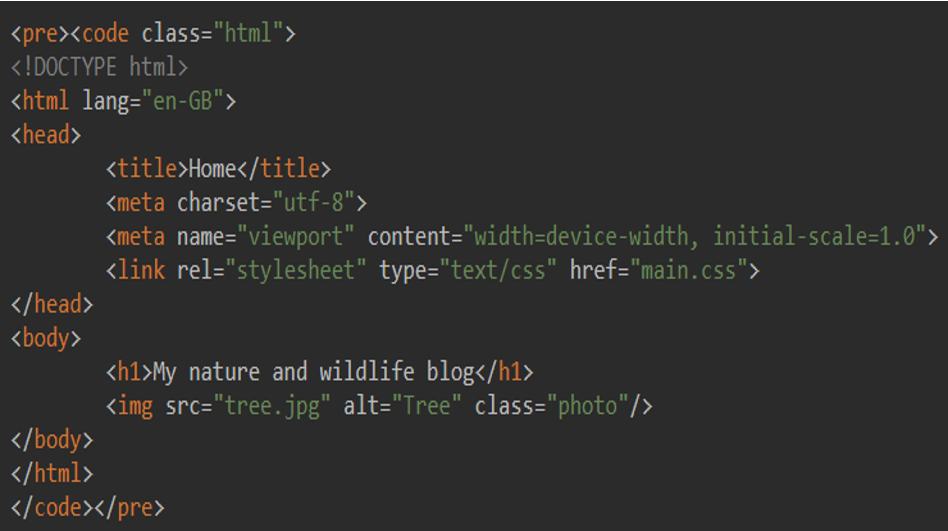Introduction of HTML/HTML5
HTML stands for HyperText Markup Language, and it's used to produce web pages and web applications. Let's define HyperText Markup Language( HTML) and a Web page. Hypertext is a condensation for" Text in Text." A hypertext is a text that contains a hyperlink. HTML is straightforward to learn and apply. To learn HTML, enroll in the Best Web Designing course in Hoshiarpur at Techcadd Computer Education. The average website includes several different HTML pages. For example, a home page, an about page, and a contact page would all have separate HTML files. HTML documents are files that end with a. html or. htm extension. A web Cybersource reads the HTML line and renders its content so that internet users can view it. Without HTML the web as we know it wouldn't be. HTML creates a structure on the web from page layouts and paragraphs to links, tags, and attributes. Every time we go online, whether we know it or not, HTML is most likely present. now we will explain some of the start concepts of HTML.
What Mainly is HTML/HTML5

Why We Need HTML/HTML5
HTML is a standardized system for tagging text files that creates the structure for just about every page that we find and use on the web. HTML is a newcomer-friendly language with abundance of support and is substantially used for static website pages. It’s HTML that adds in page breaks, paragraphs, bold handwriting, italics, and more. HTML works to make this structure by using tags that tell cybersurfers what to do with text. To give a clearer understanding of how HTML works to produce the final interpretation of a webpage, if HTML is our structure, CSS( Cascading Style Sheets) would be what gives us our features, like the color of our eyes, skin, and hair. JavaScript would be to do with our movements and how we interact with people – like when we repay a handshake, wink, laugh, or ask a question.



